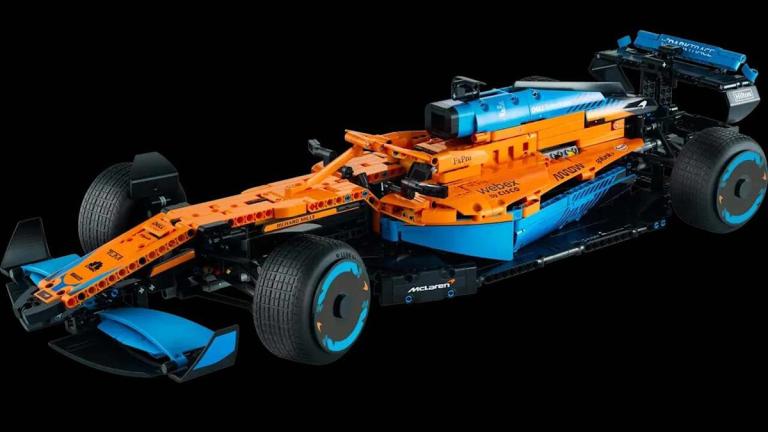
“The cruise newbuild market is cautiously optimistic,” Elif Sahin, marketing communications executive at Tersan Shipyard in Turkey, told Cruise Industry News.
“Demand is shifting toward relatively smaller, expedition-style vessels and hybrid propulsion systems. Tersan sees this as an opportunity to offer tailor-made green solutions,” Sahin added.
Alternative Fuels
“A major area of interest is alternative fuels, such as methanol, biofuel, ammonia, wind power and battery hybrid systems. There’s also growing demand for modularity and flexibility, allowing vessels to be upgraded over time as technologies and standards change,” said Sahin.
The facility has already delivered LNG and battery hybrid vessels, such as Havila Kystruten’s coastal cruise ships, which enable some zero-emission operations.
Sahin pointed out that methanol has emerged as a key focus due to its lower carbon footprint, easy handling and potential for net-zero performance.
“We are currently constructing methanol-fueled chemical tankers for Tune Chemical Tankers, as well as dual-fuel methanol commissioning service operation vessels for Acta Marine, designed to operate on methanol, MDO, and HFO,” Sahin explained.
Unique Strengths
Sahin explained that Tersan excels in adapting to evolving client visions and integrates modifications efficiently throughout the project life cycle. It also offers turnkey services that span from design work to final delivery.
“Tersan’s core strength is its ability to deliver highly specialized vessels with precision, speed and quality,” Sahin said.
The shipbuilding facility is one of the largest in Europe, spanning over 320,000 square meters.
Dual Team Structure
Sahin explained that Tersan offers a flexible and collaborative approach to vessel design and engineering.
“Each vessel is not only built to spec but optimized for long-term performance. While we work with reputable designers from all over the world for conceptual or detailed designs, we are also fully capable of providing comprehensive engineering support from detailed design to 3D production drawings of the vessels,” Sahin said.
“We work closely with design companies and maintain a strong in-house design team of 55 professionals. This dual approach ensures creative freedom and technical assurance. Engineering teams are equipped with advanced digital tools, simulation platforms and deep domain expertise.”
“Future-Proofed”
While sustainable propulsion systems like LNG, battery hybrids and methanol are central to its green-ship portfolio, Sahin said the facility also focuses on long-term adaptability, digital integration and life-cycle efficiency.
“Smart technologies such as energy monitoring, shore power compatibility, energy-efficient machinery, waste-heat recovery systems and integrated waste management are becoming standard features across projects. Additionally, the shipyard’s production process itself is green: All vessels are constructed using 100 percent renewable energy,” Sahin explained.



